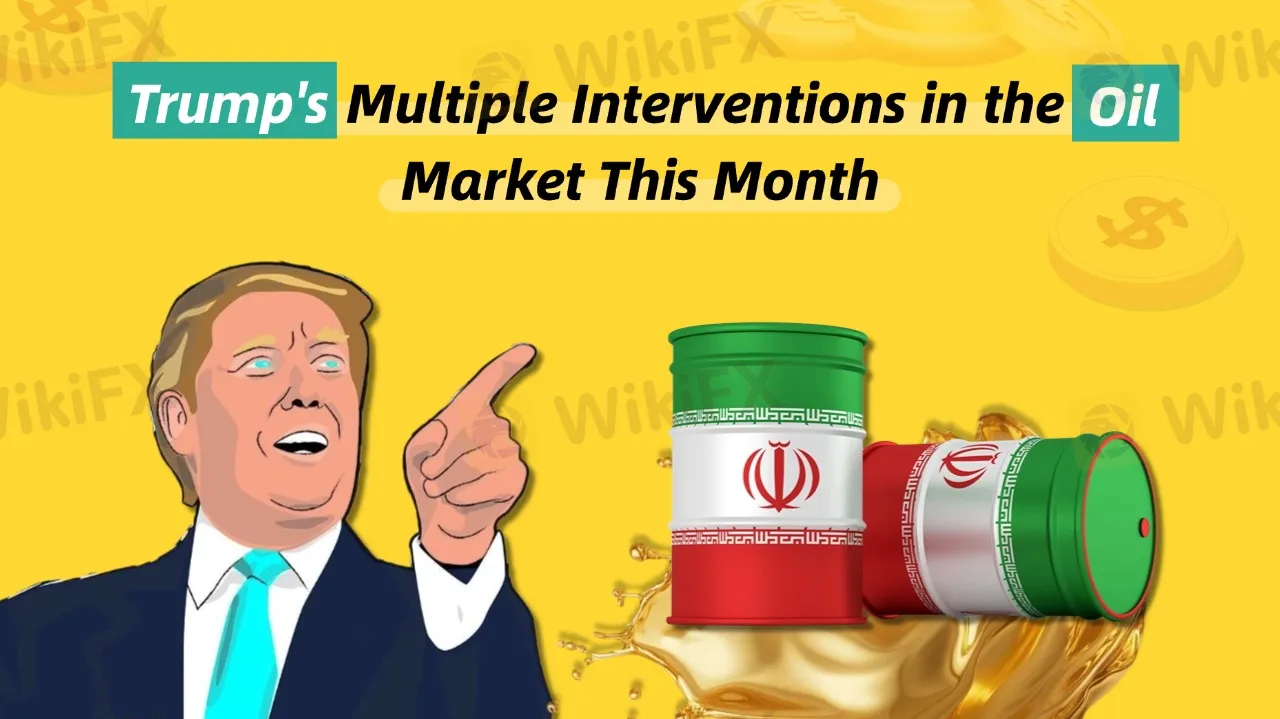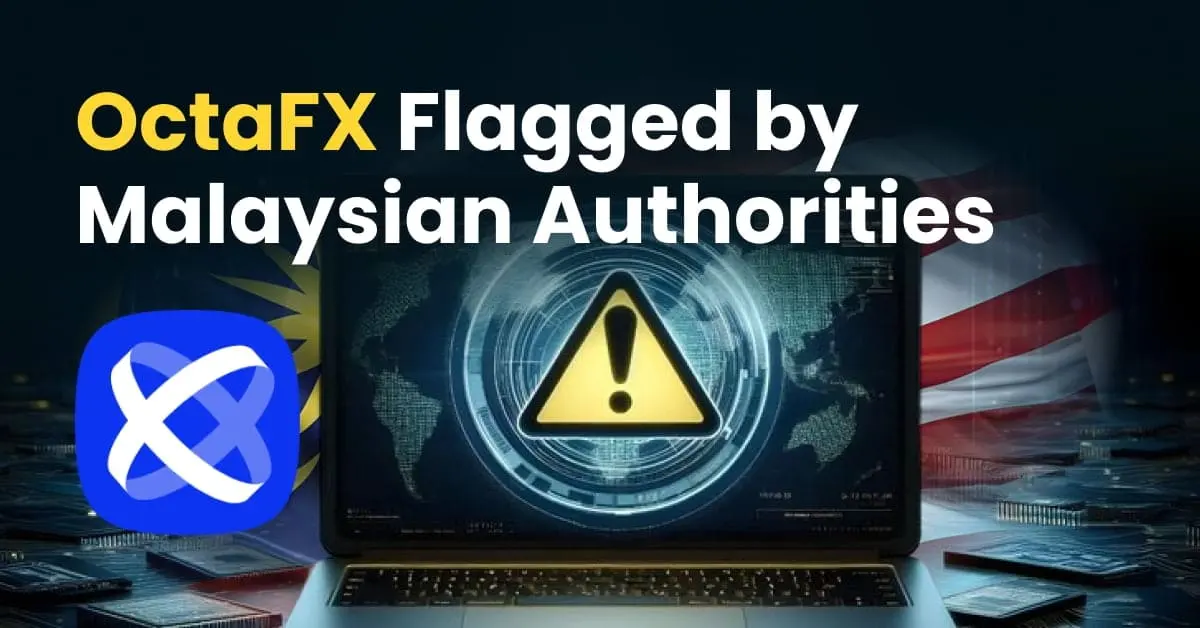简体中文
繁體中文
English
Pусский
日本語
ภาษาไทย
Tiếng Việt
Bahasa Indonesia
Español
हिन्दी
Filippiiniläinen
Français
Deutsch
Português
Türkçe
한국어
العربية
Trump's Multiple Interventions in the Oil Market This Month
Abstract:On February 4, U.S. President Donald Trump signed an executive order aimed at restoring the "maximum pressure" policy on Iran, intending to prevent Iran from selling oil to other countries and further weakening its economic foundation.

Trump clearly stated that he is willing to meet with Iranian leaders and attempt to persuade Iran to abandon its nuclear weapons development efforts. The order not only calls for increased pressure on violations of existing sanctions by the U.S. Treasury Department, but also plans to reduce Iran's oil exports to zero, intensifying economic pressure.
After Trump signed the order, the oil market was immediately affected. U.S. WTI crude oil briefly dropped by 3%, marking the first time it fell below the 2024 year-end level. However, the price quickly rebounded, with WTI's decline significantly narrowing and Brent crude also recovering, rising by about $2 in the short term. This fluctuation in oil prices reflects market uncertainty regarding Trump's policy, particularly in the context of global supply chain and oil market tensions, where any major policy change can quickly trigger a market response.
Will Trump's plan succeed?
Despite Trump's order clearly demanding the reduction of Iran's oil exports to zero, it remains uncertain whether this goal can be successfully implemented. In recent years, due to lax enforcement of sanctions and the evasion of restrictions, Iran's oil exports have gradually increased, especially after the U.S. withdrew from the Iran nuclear deal in 2018, which caused a significant rebound in Iranian oil exports. The Trump administration may need to implement stricter measures to effectively cut off Iran's oil revenue. However, given Iran's political and economic complexity, completely halting its oil exports remains a significant challenge.
Trump's intervention not only affects oil prices but also sparks a multi-party power struggle. OPEC+ this week maintained its existing oil production plans, without responding to Trump's calls. Analysts believe that OPEC+ may be waiting to see whether Trump will impose further economic sanctions or take more aggressive measures against Iran, Venezuela, and even Russia. Meanwhile, Trump's pressure may be part of his broader negotiation strategy, aiming to secure a “better deal” with Iran in the future.
Overall, Trump's multiple interventions this month have not only disrupted the oil market but also intensified international oil price volatility. Against the backdrop of a complex and ever-changing global economy, the ongoing power struggle among various parties will continue to influence the direction of the oil market. Investors must closely monitor Trump's policy developments to better assess oil price trends and their potential impact on the global economy.

Disclaimer:
The views in this article only represent the author's personal views, and do not constitute investment advice on this platform. This platform does not guarantee the accuracy, completeness and timeliness of the information in the article, and will not be liable for any loss caused by the use of or reliance on the information in the article.
Read more

Interactive Brokers Enhance Account Security with FDIC Coverage
Interactive Brokers now offers up to $5M FDIC insurance for individual accounts, boosting protection on cash held in brokerage accounts starting May 2025.

SFC Issues Restriction Notice to GA (Int’l) Capital Management Limited Over Regulatory Concerns
The Securities and Futures Commission (SFC) of Hong Kong has issued a restriction notice against GA (Int’l) Capital Management Limited (GCML), raising serious concerns about the firm’s integrity, reliability, and competence in carrying out its regulated activities.

Nonfarm Data Lifts Market Sentiment, U.S. Stocks Rebound Strongly
U.S. nonfarm payrolls for May slightly exceeded expectations, stabilizing investor sentiment and easing fears of a hard landing. This upbeat data sent U.S. equities broadly higher, led by tech stocks, with the Dow and S&P 500 posting significant gains. However, behind the optimism lies a fresh round of market debate over the Federal Reserve’s rate path, with uncertainty around inflation and interest rates remaining a key risk ahead.

OctaFX Flagged by Malaysian Authorities
OctaFX has been officially listed on warning lists by both Bank Negara Malaysia (BNM) and the Securities Commission Malaysia (SC). These alerts raise serious concerns about the broker’s status and whether it is legally allowed to operate in Malaysia.
WikiFX Broker
Latest News
OctaFX Flagged by Malaysian Authorities
IronFX Broker Review 2025: A Comprehensive Analysis of Trustworthiness and Performance
Nonfarm Data Lifts Market Sentiment, U.S. Stocks Rebound Strongly
Interactive Brokers Enhances PortfolioAnalyst with New Features
Why Your Worst Enemy in Trading Might Be You
Errante Broker Review
Interactive Brokers Enhance Account Security with FDIC Coverage
SFC Issues Restriction Notice to GA (Int’l) Capital Management Limited Over Regulatory Concerns
WikiFX Forex Community Expert AMA
Exnova Forex Broker Scam: Blocked Accounts, Lost Funds
Currency Calculator


